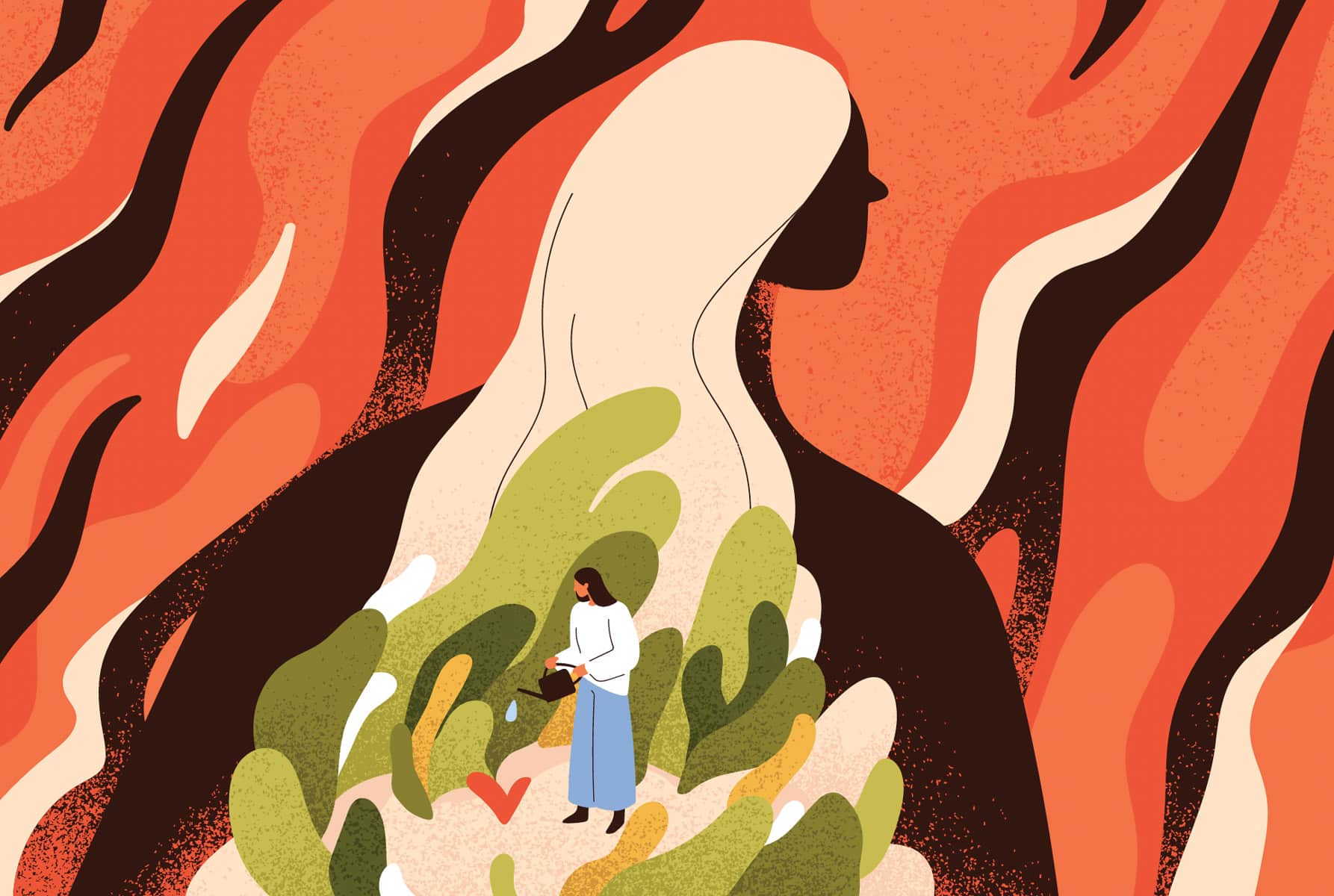By Mary Ameringer
The Murder in Big Horn documentary brings to light the epidemic of Missing/Murdered Indigenous Women (MMIW) in and around Big Horn County, Montana. The county sits just outside of Billings, Montana and overlaps with the Northern Cheyenne and Crow Indian Reservations. For generations, Native American women in this community have gone missing or been found dead, with no answers or explanations. They are known as the “silent population that disappears.” Of those yet to be found, the worry of sex trafficking looms large. As the MMIW movement gains national attention, Murder in Big Horn addresses the shocking scope of the epidemic of violence against indigenous women and why it persists.
The docuseries follows the cases of 14-year-old Henny Scott, 18-year-old Kaysera Stops Pretty Places, and 16-year-old Selena Not Afraid, all young Native American women who tragically lost their lives in the Big Horn area between 2018 and 2020. Despite the suspicious circumstances of their disappearances, the official cause of death in all three cases was ruled hypothermia or undetermined. Their cases expose a disturbing trend of unanswered questions and unresolved investigations following the disappearances and deaths of young Native American women. Murder in Big Horn points to the unique jurisdictional issues in the Big Horn region, which generate a sense of lawlessness that breeds lack of accountability and consequences for those perpetrating violence against indigenous women. Law enforcement jurisdiction can become complicated due to the overlap of Big Horn County’s boundaries with the Northern Cheyenne and Crow Indian Reservations. Within tribal lands, the Bureau of Indian Affairs (BIA) and Federal Bureau of Investigation (FBI) have authority. However, the BIA cannot exercise jurisdiction over non-natives on tribal lands, creating a significant challenge when outsiders enter tribal land and engage in sex trafficking or other violent crimes.
Along with these jurisdictional challenges, Murder in Big Horn notes that the location of Big Horn County makes it a prime target for sex trafficking. The area is close to the Canadian border, and the major highway I-90, which connects the west and east coasts and runs straight across Big Horn County. This allows for ease of access and movement of sex traffickers through the Big Horn area. Moreover, the docuseries notes that the higher rates of poverty, joblessness, and alcohol and drug addiction on reservations make Native American women and girls particularly vulnerable to being trafficked. Although Native women and girls make up only 3% of the Montana state population, they account for 30-40% of trafficking victims. Murder in Big Horn spotlights the case of one of these victims – 20-year-old Shacaiah Blue Harding, who disappeared in 2018. As with most other native women who have been forced into sex trafficking, the Big Horn community still waits for Harding’s return home.
The documentary closes by remembering eighty-one indigenous women who are missing or murdered in the Big Horn area and who still await justice. Through the stories of Henny Scott, Kaysera Stops Pretty Places, Selena Not Afraid, and Shacaiah Blue Harding, Murder in Big Horn serves as a call to action to end the epidemic of violence against Native American women.
###
Mary Ameringer is a second-year law student at George Washington University Law School. She completed a spring 2023 legal internship with the Amara Legal Center through the George Washington University Domestic Violence Clinic. Mary also serves as the President of the Uyghur Human Rights Initiative and the Vice Chair of the Dean’s Advisory Board.



